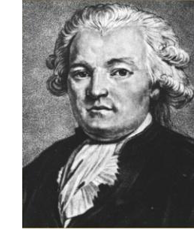
In his seminal plenary speech at the Information Architecture Summit 2009 in Memphis (USA), Jesse James Garrett stated that in fact information architects and interaction designers are user experience designers. As designers, they focus on the engagement of people with artifacts, platforms and environments (online and offline).
According to Jesse, human engagement involves the mind (cognition), the heart (emotion), the body (action), and the senses (perception). Designers must know how to design for these human capabilities.
It almost goes without saying that besides for user experiences, the senses are also crucial for culinary experiences. Tastes, flavors, and smells are important human perceptions of the qualities of food. But are these inherently the qualities of food or are they only emergent through tasting and eating?
Long ago, the French lawyer and politician Jean Anthelme Brillat de Savarin (1755-1826) wrote an important and celebrated book on the human senses in a gastronomic context: “The Physiology of Taste or Transcendental Gastronomy” (1825). The book contains hardly any recipes but many anecdotes and observations covering all aspects of the pleasures of the table. He is considered ‘the greatest food critic ever’.
By reading this book, we gain understanding of our senses. We can use it to what JJG had in mind for user experience designers: facilitating compelling user experiences, never to forget.
